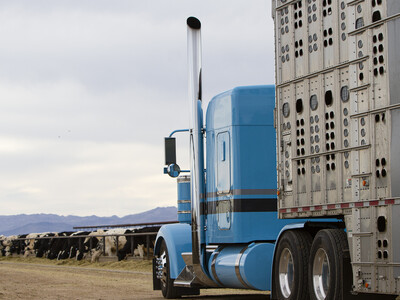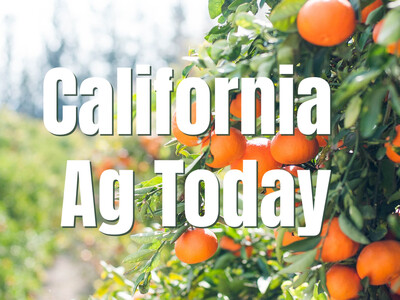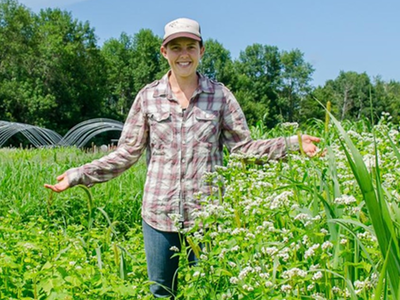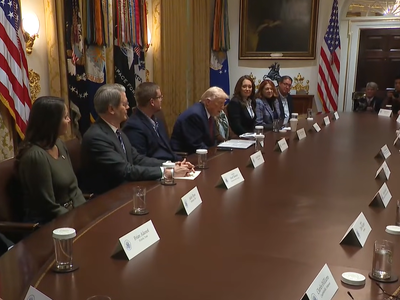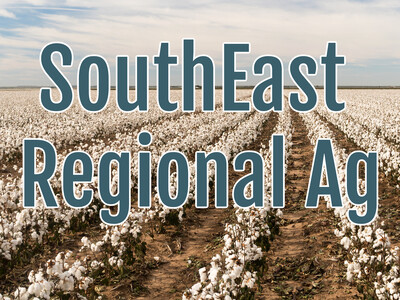Protecting Sage Grouse
Protecting Sage Grouse. I’m Greg Martin with today’s Line On Agriculture.
In just two years, the Sage Grouse Initiative has enrolled 462 ranchers, invested $115 million and generated nearly $60 million in partner matches. The results are rolling in: protecting land, reducing sage grouse mortality, and boosting both livestock and grouse productivity. Under Secretary of Ag for NRCS, Harris Sherman describes the program.
SHERMAN: The Natural Resources Conservation Service in March of this year launched what we call the “Working Lands for Wildlife Program,” which is one of the federal governments innovative and successful conservation programs. And the program is designed to help recover certain species at risk or species which are currently on the threatened or endangered list.
He says they also protect the farming and ranching operations inhabited by the species like the sage grouse.
SHERMAN: This agency, NRCS, is bringing significant resources to the program in the form of technical and financial assistance to land owners who voluntarily agree to work with us and our goal is to improve and restore habitat for these species on private land to keep the species off the threatened and endangered list. And to provide landowners with what we call “regulatory certainty.”
Sherman explains what is meant by “regulatory certainty.”
SHERMAN: If the landowner agrees to participate and implement these conservation practices the landowner would not be asked to implement additional conservation measures if the species were ever listed. It’s an excellent program. We have about 7 different species nationwide that are part of this program
And Sherman says they have been helping farmers and ranchers with the financial part of the initiative.
SHERMAN: We have spent over the past 3 years at the Natural Resources Conservation Service about $80-million dollars working with ranchers and farmers in 11 western states to protect the sage grouse. And we are spending about an additional $33-million dollars relative to these other species around the country that are also being protected. So we are very hopeful this is a program that’s going to work.
More tomorrow.
That’s today’s Line On Agriculture. I’m Greg Martin on the Ag Information Network.







